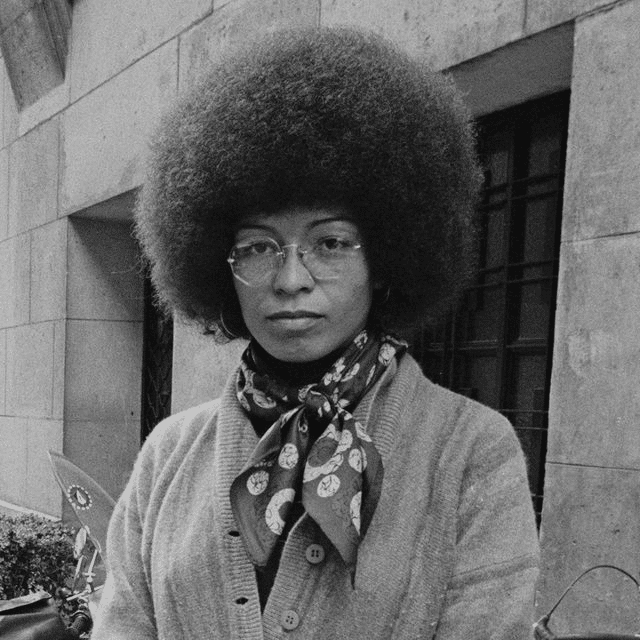Many people remember Rosa Parks as the woman who refused to give up her seat on a bus in 1955. However, there is more to her than that. Parks had always stood up for racial equality, and her refusal to give in on the bus was just one of her several attempts at fighting for justice. This article is dedicated to lesser-known facts about Rosa Parks.
Rosa Parks Graduated from High School
Although many uneducated people in history have fought for justice, Rosa Parks wasn’t one of them. Parks attained her high school education at a time when less than 7% of African Americans had high school diplomas.
At 16, Rosa’s grandmother was sick and dying, and she had no option but to drop out to take care of her. However, her husband motivated her to return to school when she was 19; she got her diploma in 1933.
She Was Always Active in the Civil Rights Movement
Contrary to what many people think, Parks didn’t join the civil rights movement after the Montgomery bus boycott; she was active in the civil rights movement before 1955.
In 1943, 12 years before the boycott, Parks joined the NAACP and became active in the civil rights movement. Years later, she became the Secretary of the NAACP. She traveled throughout Alabama, interviewing discrimination victims.
What made her refuse to give up her seat that day?
On the 1st of December, 1955, Rosa Parks was arrested for not giving up her seat to a White passenger on an Alabama bus. Although she was in the right section, she was expected to give up her seat because the bus was crowded.
While many records claim that the civil rights icon couldn’t stand because she was tired, she gave the real reason in her autobiography. As a 42-year-old woman at the time, Rosa Parks claimed she was only fed up with giving in.
Her arrest eventually led to the desired result
On the day of Parks’s trial, people were encouraged to take taxis or share rides to work in protest of her arrest. This bus boycott, which involved the likes of Martin Luther King, became the Montgomery Bus Boycott.
After 381 days, the bus boycott resulted in a positive outcome. Eventually, the Supreme Court declared public transport segregation unconstitutional. This earned her the title ‘mother of the civil rights movement.’
Not all the outcomes were positive
Before her arrest and boycott, Rosa Parks worked as a seamstress in a department store. After the arrest, she was fired (although she was told it wasn’t because of the boycott). She was also arrested in February 1965, along with 113 protesters during the boycott, for going against the segregation laws.

Her arrest moved the boycott forward by giving the protest more exposure. However, in 1957, she had to move to Detroit with her husband and her mother after receiving several phone calls and death threats. She died in 2005 at the age of 92; 50,000 people came to see her casket in Washington.






